News
-
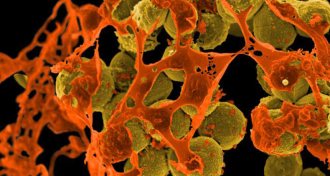 Health & Medicine
Health & MedicineMolecules found to counter antibiotic resistance
Molecules made in a lab can foil antibiotic resistance in bacteria.
-
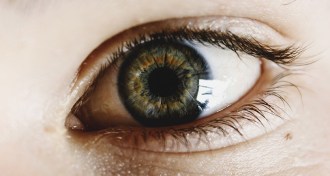 Health & Medicine
Health & MedicineNew techniques regrow lens, cornea tissue
Preliminary stem cell discoveries may restore lenses and corneas.
-
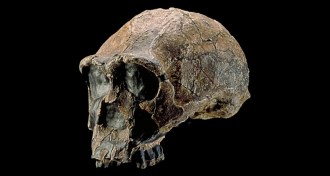 Anthropology
AnthropologyH. erectus cut, chewed way through evolution
A diet that included raw, sliced meat changed the face of early Homo evolution, scientists say.
By Bruce Bower -
 Climate
ClimateHurricane frequency dropped during 17th century ‘Little Ice Age’
Atlantic hurricane activity fell around 75 percent when the sun dimmed from 1645 to 1715, a new analysis of shipwrecks and tree rings suggests.
-
 Health & Medicine
Health & MedicineMicrocephaly: Building a case against Zika
Zika virus is the prime suspect for Brazil’s recent surge in birth defects. New evidence in human cells strengthens the case, but more definitive proof could come this summer from Colombia, where thousands of pregnant women have been infected.
By Meghan Rosen -
 Psychology
PsychologyPsychology’s replication crisis sparks new debate
Controversy flares again about whether psychology studies survive further scrutiny.
By Bruce Bower -
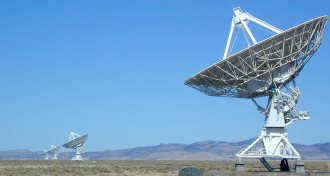 Astronomy
AstronomyA fast radio burst’s home galaxy may not be known after all
The recently claimed host galaxy of a fast radio burst may have been signs of a snacking black hole instead, study claims.
-
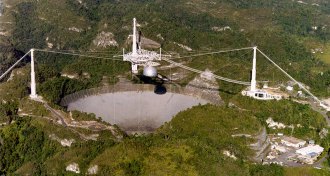 Astronomy
AstronomyRepeating fast radio bursts recorded for the first time
Until now, ephemeral blasts of radio waves from other galaxies have never repeated; this one erupted 10 times last year.
-
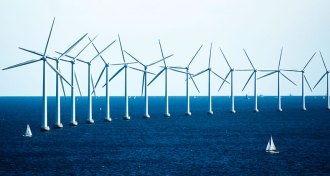 Oceans
OceansMagnetism from underwater power cables doesn’t deter sea life
High-voltage power cables that ferry electricity across the seafloor do not negatively impact local fish and crabs, new studies show.
-
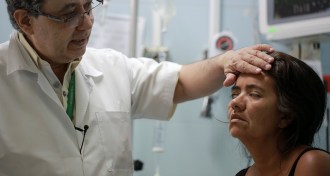 Health & Medicine
Health & MedicineScientists probe Zika’s link to neurological disorder
The link between the Zika virus and Guillain-Barré syndrome is growing stronger.
By Laura Sanders and Meghan Rosen -
 Physics
PhysicsBubble blowing gets scientific scrutiny
A new study uncovers the basic physics of blowing soap bubbles.
-
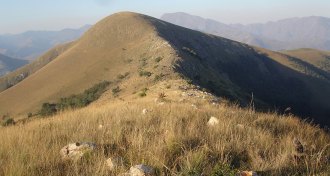 Oceans
Oceans3.5 billion years ago, oceans were cool, not hot
Extensive new evidence from South Africa suggests that 3.5 billion years ago, Earth was locked in a cold spell, with isolated blasts of hydrothermal heat that may have helped incubate life.
By Beth Geiger